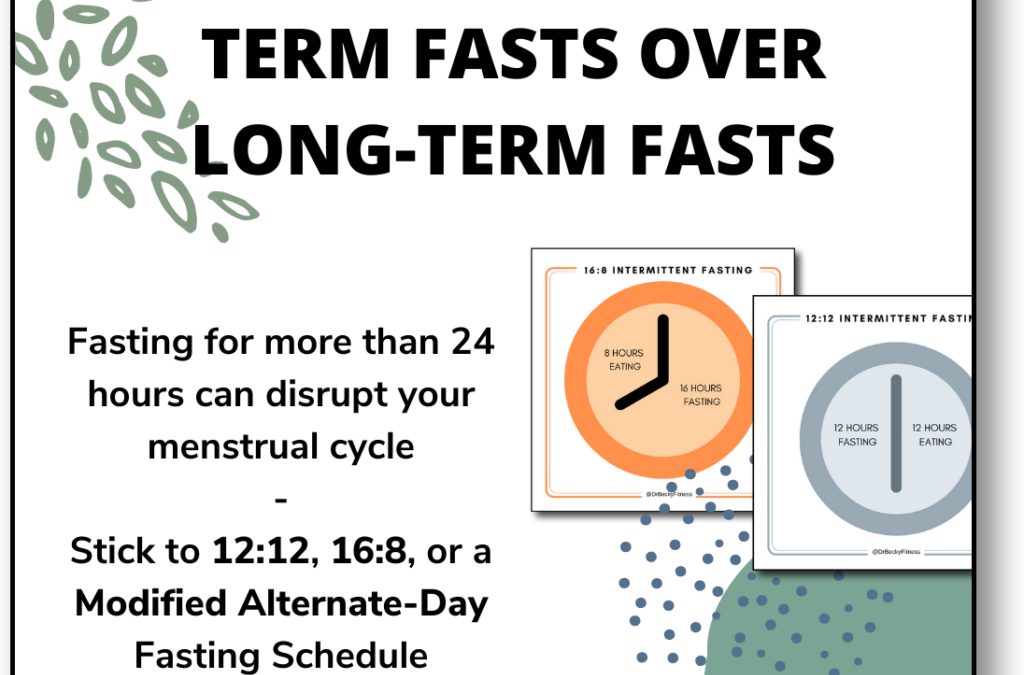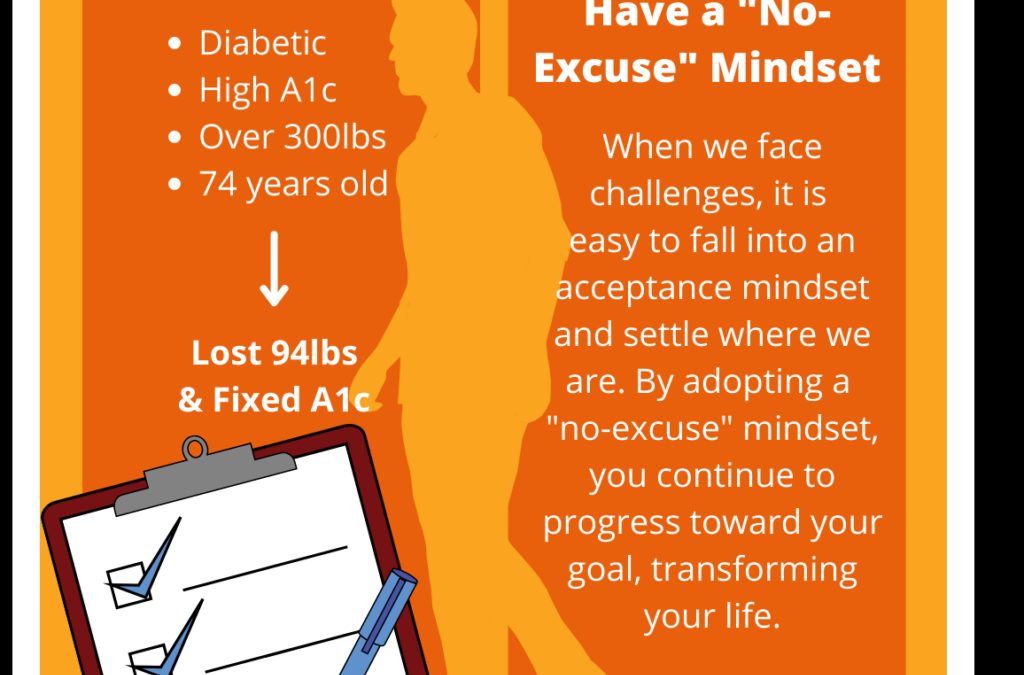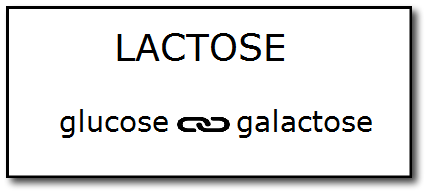2 Habit Hacks You Can Use to Exercise More
We are creatures of habit and our habits greatly influence the results we see in our health and weight. In this post, I am going to share habit hacks from two best-selling authors so you can get your habits working for you.
Habit Hacks – At-A-Glance
- Implementation Intentions – Instead of saying, I will exercise tomorrow, clearly state when and where you will exercise.
- Eliminating Initiation Barriers – Shawn wanted to create a habit of practicing guitar, but by making his guitar hard to access, he created something referred to as an initiation barrier.
- Creating a Habit – Set implementation intentions and identify and knock down any initiation barriers standing in your way.
2 Habit Hacks to Exercise More [Video]
In this video, you’ll learn…
- Helpful tips on how to follow through with your workout goals.
- Ways to identify what is getting in the way of your goals.
- Two habit hacks that will help you develop lasting results.
Habit Hacks for Success
Newton’s first law of motion teaches us that an object at rest stays at rest and an object in motion stays in motion.
If we apply this law to how we go about living our lives, we can say that we have a natural tendency to keep doing what we have been doing.
This is great if you are in the habit of exercising regularly, but what if that is not the case in your life. How do you create new habits so that you can get your body up off the couch and into motion?
Implementation Intentions
In his book, Atomic Habits, James Clear shares that one of the best ways to start a new habit is by employing something called implementation intentions.


In the book, he discusses a study aimed at getting people into the habit of exercising.
The study participants were split into groups. Both experimental groups were provided with motivational materials that explained the benefits of exercise.
Only one group was given an additional instruction. They were asked to formulate a plan for when and where they would exercise during the week.
As the author writes, each member of the group was asked to complete this sentence,
“During the next week, I will partake in at least 20 minutes of vigorous exercise on [DAY] at [TIME] in [PLACE].”
This simple exercise caused the group to double their exercise sessions compared to the group that only received the motivation materials.


The sentence that they completed is what is referred to as an implementation intention.
It improves the likelihood that you will follow through with your intention by making you specify when and where your intended action will take place.
Try this right now and make your declaration clear.
Instead of saying, I will exercise tomorrow, clearly state when and where you will exercise. By stating, “I will go directly to the gym tomorrow when I get off work at 5 PM.”, you increase the likelihood that you will do it.
Implementation intentions will help get you off the couch and to the gym, but how do you make that action stick and become a habit?
Eliminating Initiation Barriers
In his book, The Happiness Advantage, Shawn Achor shares the story of how he tried to create a habit of practicing guitar.


Conventional wisdom told him that it takes 21 days to create a new habit, so he made a chart with 21 blocks and checked off a box each time he practiced.
At the end of the 21 days, he had only four checkmarks, which was a complete fail.
Instead of giving up, he asked himself why he failed.
He suspected that his failure was because his guitar was stuffed away in a closet. Every time he thought about practicing, it required him to get up from the couch, walk about 20 seconds to the closet and get his guitar.
This doesn’t sound like a big deal, but it proved to be just that.
By making his guitar hard to access, he created something referred to as an initiation barrier. It was that initiation barrier that prevented him from practicing.
In other words, it was simply easier for him to stay sitting on the couch, then to take the initiative to get up and retrieve the guitar.
Being the scientist that he is, he conducted a follow-up experiment. He made a new chart with 21 boxes.
He then went out and bought a cheap guitar stand and put his guitar in his living room right next to the couch. At the end of the 21 days, he had 21 checkmarks on his chart.
The Moral of the Story
If you want to create a habit of exercising regularly, you need to identify and knock down any initiation barriers standing in your way.
This can be as easy as putting your sneakers on before leaving the office so that you’re more inclined to go for a walk when you get home.
It can mean sleeping in your workout clothes so that when you wake up, you’re already dressed for exercise.
These small changes will increase the likelihood that you’ll follow through.


Science has shown that habits are hard-wired in your brain. You tend to follow your habits, even if they go against your better judgment.
Setting implementation intentions and breaking down initiation barriers are two ways that you can create new habits. I encourage you to take action right now.













